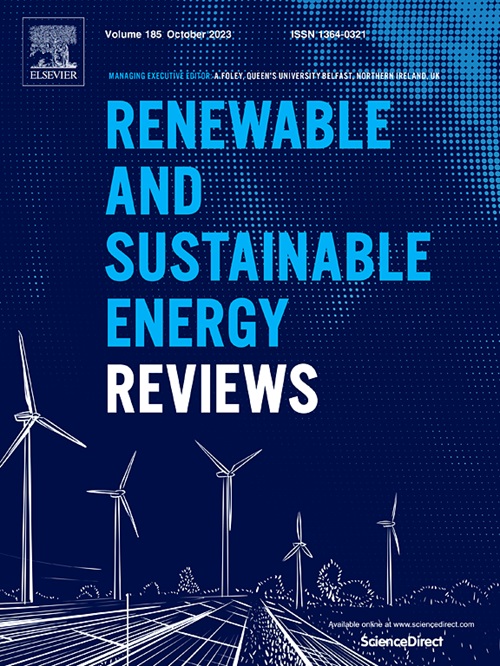Snow impact on PV performance: Assessing the zero-output challenge in cold areas
IF 16.3
1区 工程技术
Q1 ENERGY & FUELS
引用次数: 0
Abstract
Solar photovoltaic (PV) technology has a great potential for renewable energy generation. However, in cold climates with heavy snowfall, PV systems performance might be significantly reduced. This review investigates the impact of snow on solar PV in regions with harsh winters. It describes the snow soiling process while determining the main factors leading to snow losses in PV plants. Factors influencing snow losses are classified into four major categories: controllable factors, such as surface properties and PV installation characteristics, and uncontrollable factors, including climatic conditions and snow properties. The literature review reveals significant variations in reported snow losses due to the number of influential factors. One key recommendation is to improve PV system design to better accommodate snowy conditions, rather than relying on configurations optimized for milder conditions. The review also identifies a gap in the literature regarding the implementation of safety devices such as snow guards in the context of PV systems. With the increasing adoption of bifacial technologies, further research is needed to assess the benefits of snow's high albedo. For accurate snow loss modeling and shedding prediction, it is crucial to include additional factors impacting snow accumulation and clearing, such as liquid water content which affects snow adhesion. Additionally, enhancing models through image analysis and integrating drones for precise camera angles can significantly improve snow detection across various PV configurations and locations.
求助全文
约1分钟内获得全文
求助全文
来源期刊

Renewable and Sustainable Energy Reviews
工程技术-能源与燃料
CiteScore
31.20
自引率
5.70%
发文量
1055
审稿时长
62 days
期刊介绍:
The mission of Renewable and Sustainable Energy Reviews is to disseminate the most compelling and pertinent critical insights in renewable and sustainable energy, fostering collaboration among the research community, private sector, and policy and decision makers. The journal aims to exchange challenges, solutions, innovative concepts, and technologies, contributing to sustainable development, the transition to a low-carbon future, and the attainment of emissions targets outlined by the United Nations Framework Convention on Climate Change.
Renewable and Sustainable Energy Reviews publishes a diverse range of content, including review papers, original research, case studies, and analyses of new technologies, all featuring a substantial review component such as critique, comparison, or analysis. Introducing a distinctive paper type, Expert Insights, the journal presents commissioned mini-reviews authored by field leaders, addressing topics of significant interest. Case studies undergo consideration only if they showcase the work's applicability to other regions or contribute valuable insights to the broader field of renewable and sustainable energy. Notably, a bibliographic or literature review lacking critical analysis is deemed unsuitable for publication.
 求助内容:
求助内容: 应助结果提醒方式:
应助结果提醒方式:


